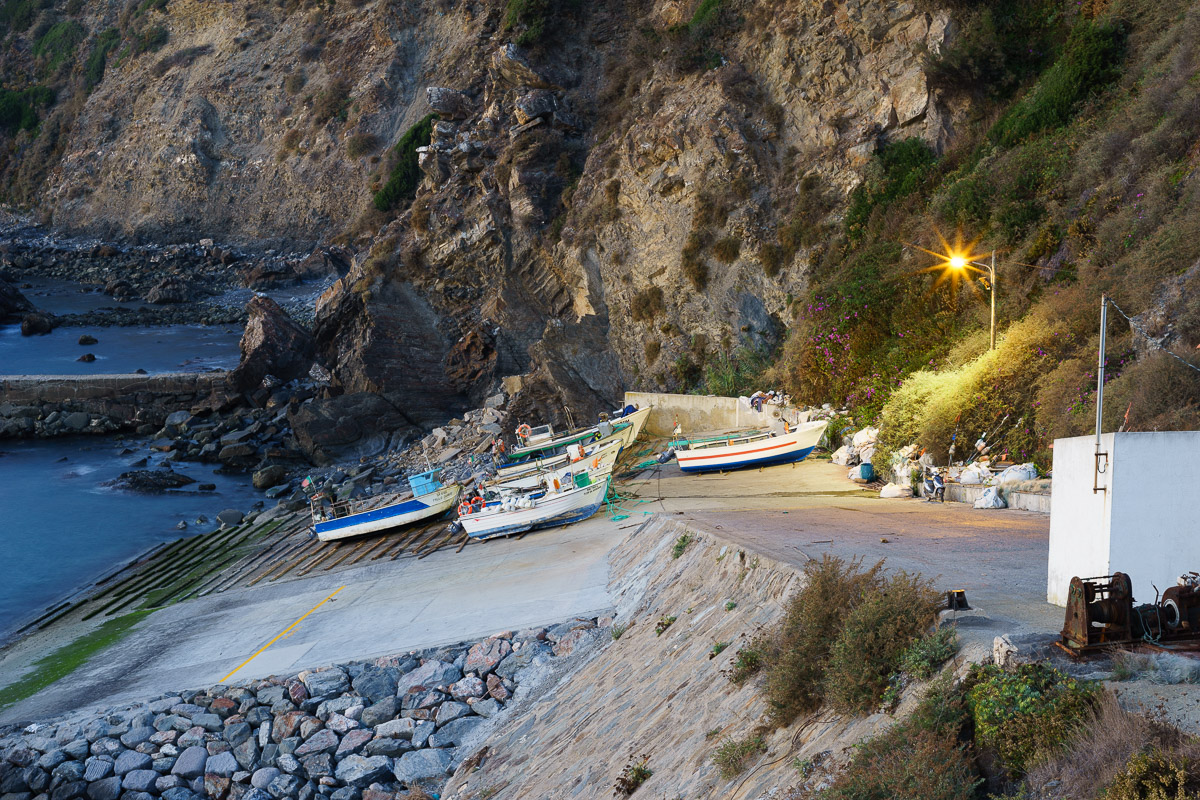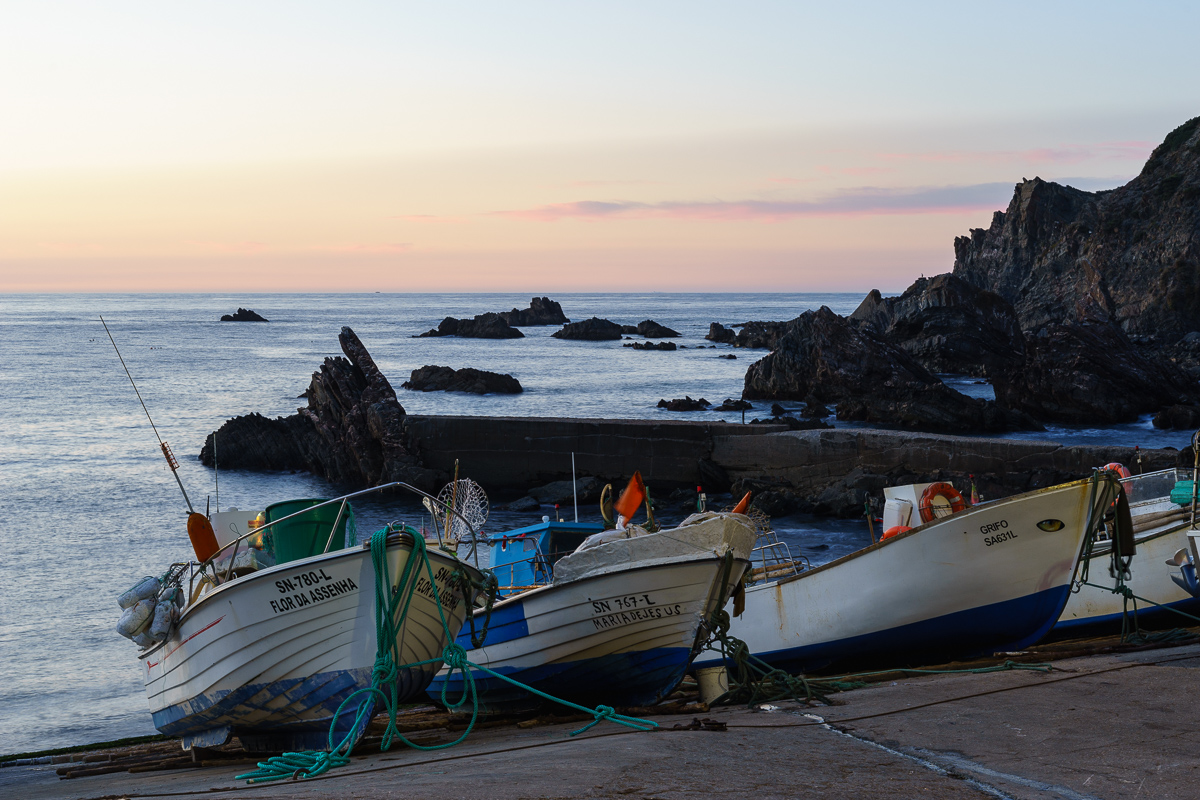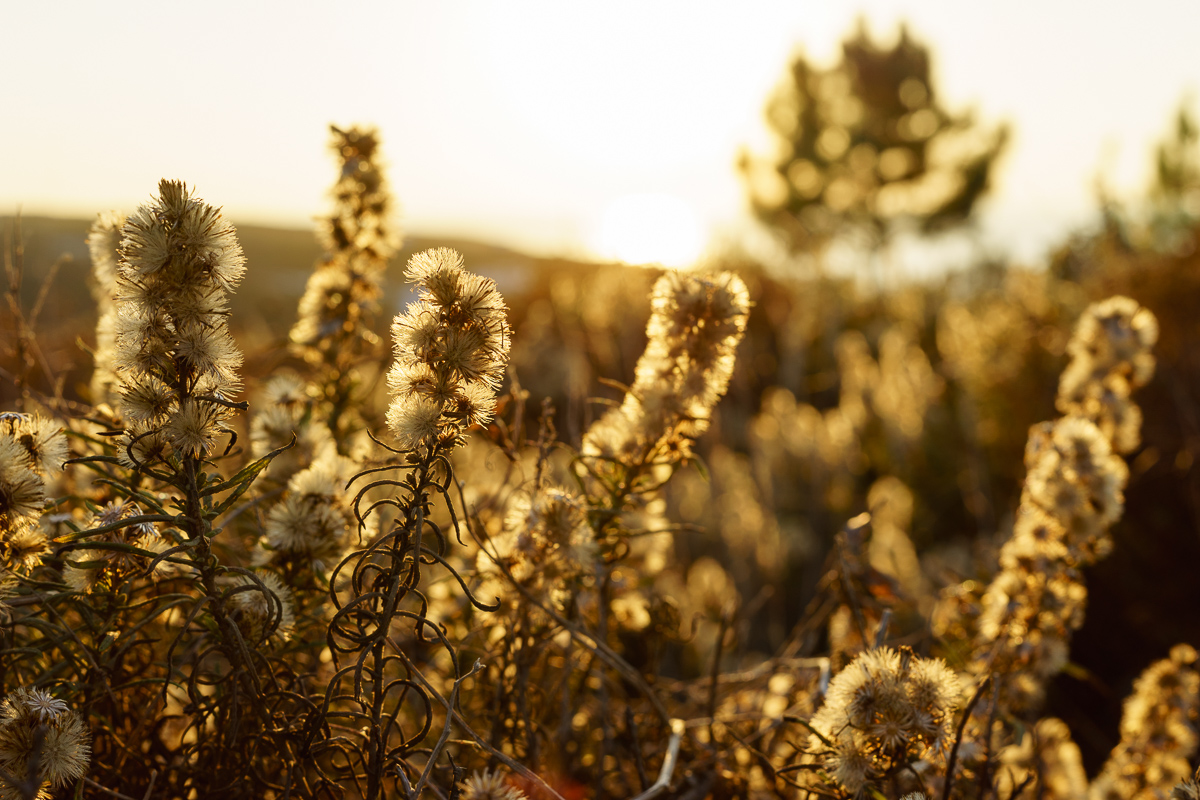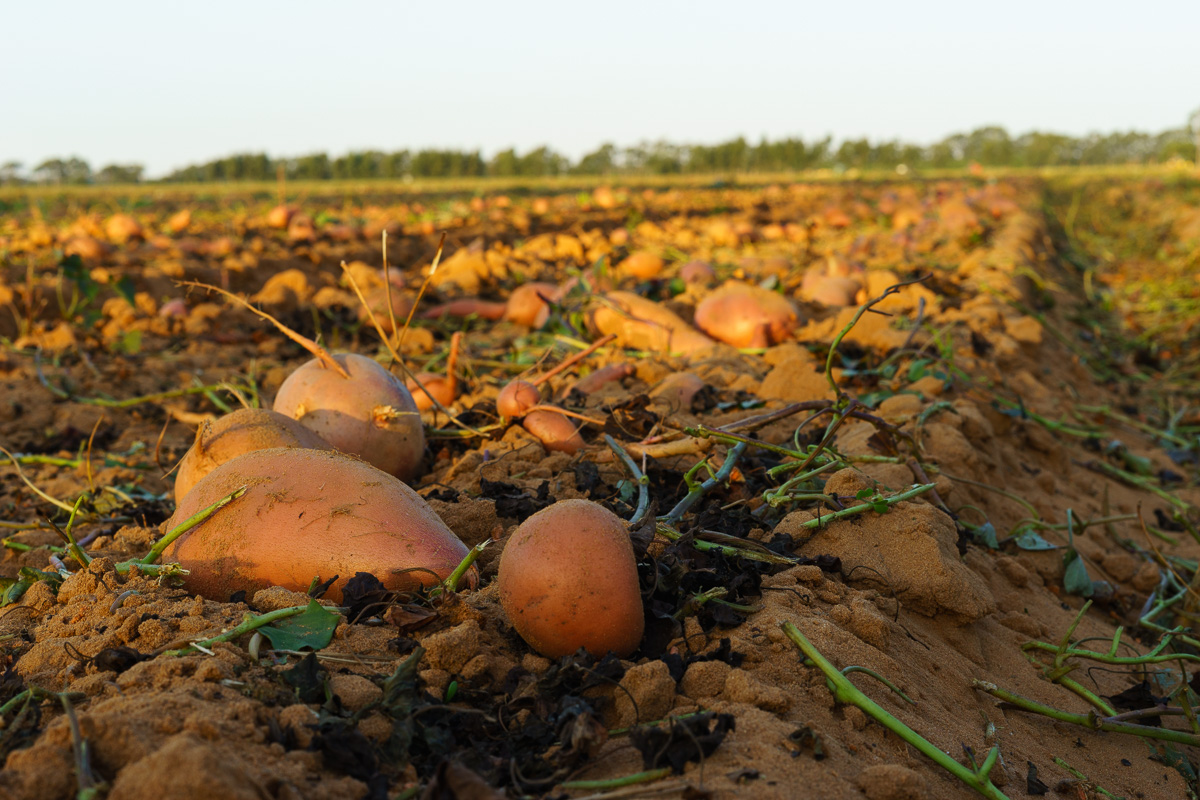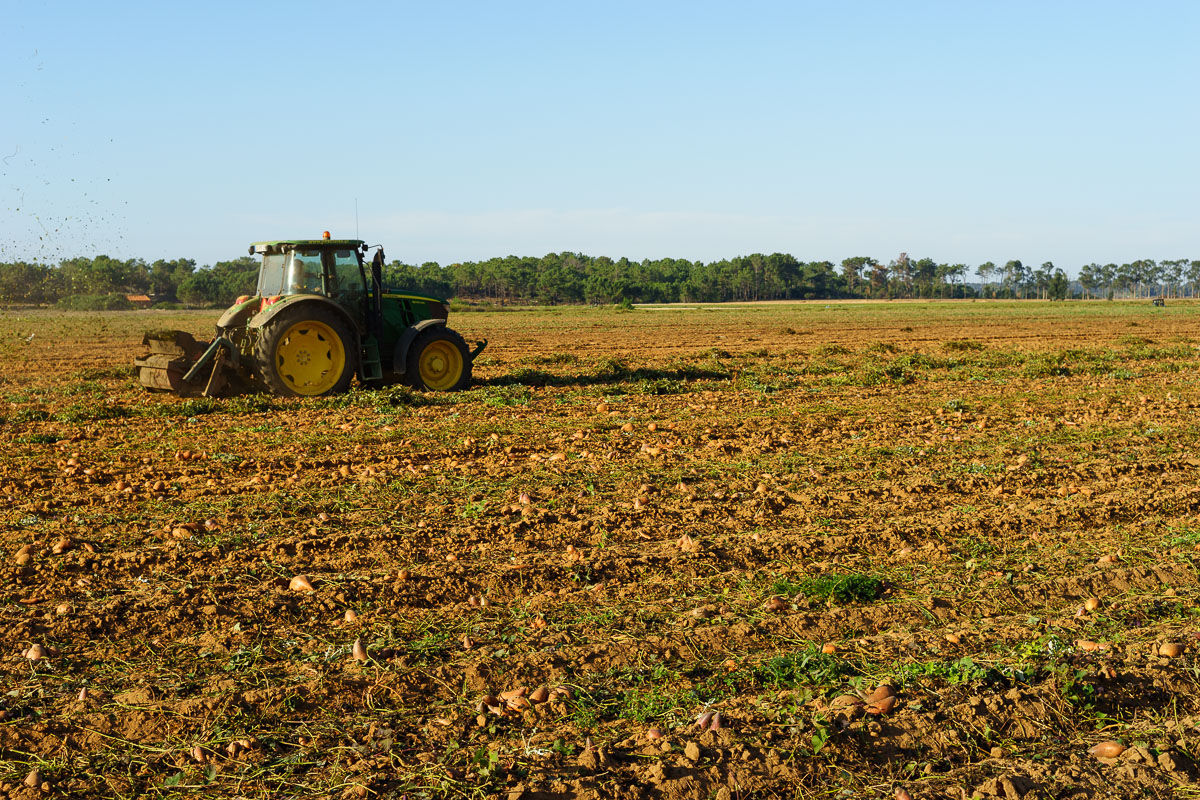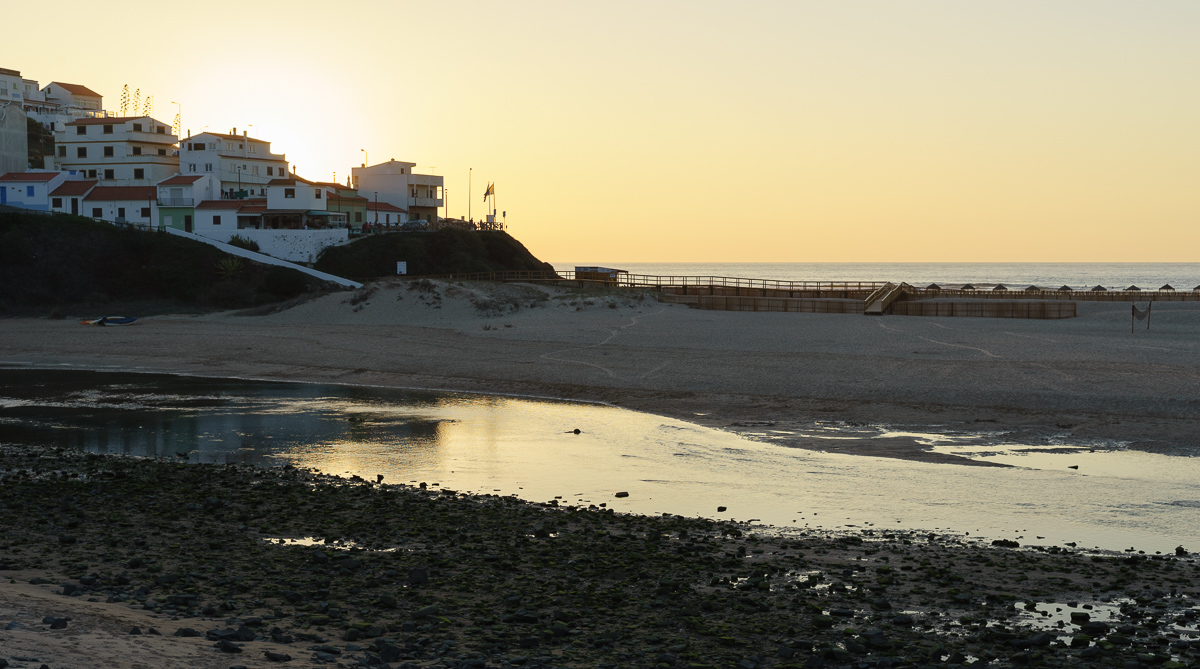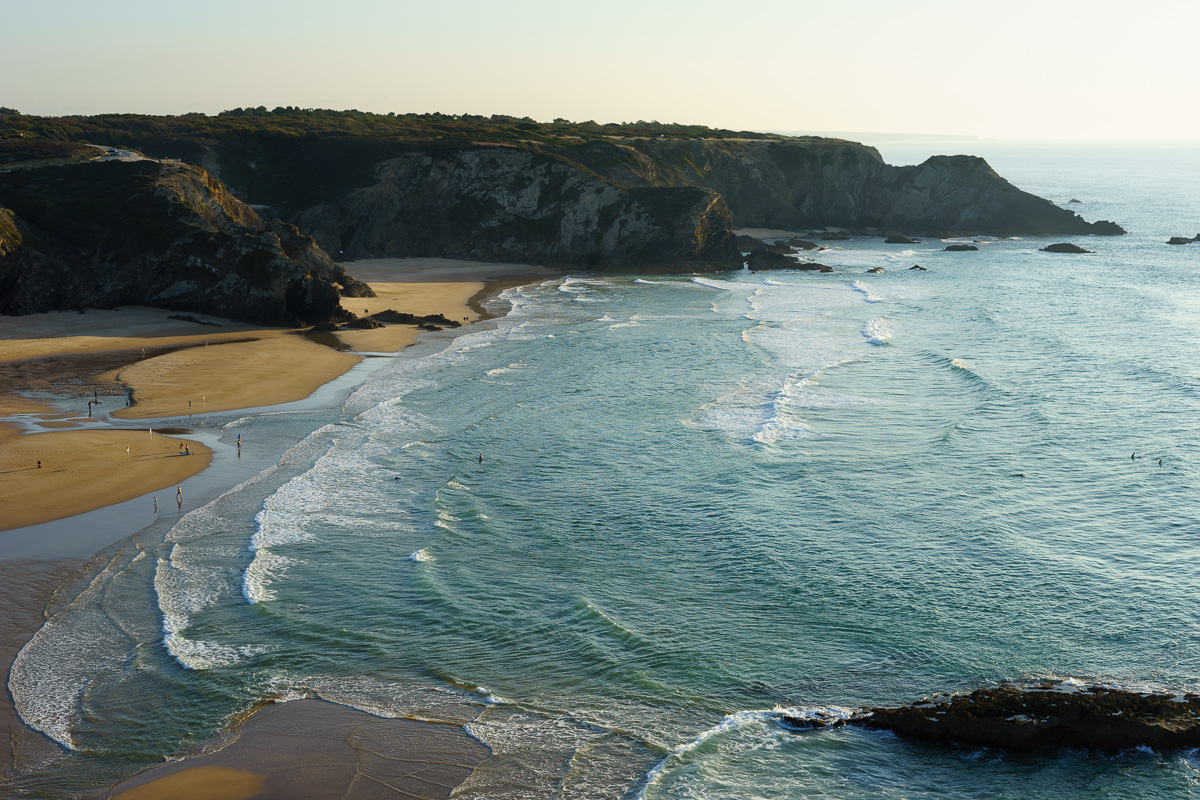Currently, where auto-focus reigns supreme, it may seem odd to use a manual focus lens. But sometimes, for photographing at a more leisurely pace, a manual focus lens is a valuable tool. No need to think about auto focus modes, camera drive modes, just take full control about where, and when, you want your lens to focus. When travelling, or when simply on a stroll photographing on my own, I enjoy the simplicity provided by manual focus, and manual aperture setting, on the lens.
Since I use a Sony Alpha 7 camera system, it is possible to adapt hundreds of so-called vintage lenses, from other mounts, to the Sony E mount. And I have done that before. But for the standard focal length, 50mm, I have never tried to use a manual focus lens; I was used to the excellent Sony Zeiss 55 f1.8 lens. Recently, I am trying the Zeiss Loxia 50 f2 lens, which is completely manual in operation, but has the electronic contacts to “talk” to the camera, since it is a native E mount lens. In all other aspects, it feels, and handles, like any other high-quality Zeiss manual focus lens, which means is a pleasure to use.
I am familiar with Loxia lenses, because I have used the 21mm and 35mm ones in the past. The lens line is rounded up by the 50 f2, and more recently, the 85 f2.4. Today I want to share some photos, and impressions, from using the Loxia 50 is a recent trip to Odeceixe, a well-known beach located in SW Portugal. I spent a couple of days in the area with my wife, profiting from a balmy end of October, with unseasonably warm temperatures for the time of the year. After some picnicking and swimming, we took the trail that links Odeceixe to the small fishing village on Azenha do Mar to the North.
This trail is very easy to do, and affords great views along the coastline, plus crossing coastal dunes and farmlands. This time of the year, it is sweet potato pick up season. In fact, some of the best sweet potatoes come from this region, with yellow, orange, and purple varieties. But that will be perhaps the subject for a future article, in case I manage to visit the sweet potato festival in Aljezur at the end of November.
Mounted on my Sony A7II, the Loxia 50 balances and handles perfectly; it works and feels like the precision instrument that it is. Manual focus is easy, with all the technological assistance provided by the camera, in terms of peaking and magnification at your fingertips. All the hallmarks of the Zeiss heritage are present in the lens, with the vibrant colours (but never over the top), contrast, sharpness, and resistance to flare. At the end of the day, in Azenha do Mar, I spend some time taking some long exposures off the tripod, photographing the boats in the small harbour.
For those who enjoy manual focus, the Loxia lenses combine tradition and modern performance in a very good way. I will certainly be keeping my copy of the Loxia 50.
